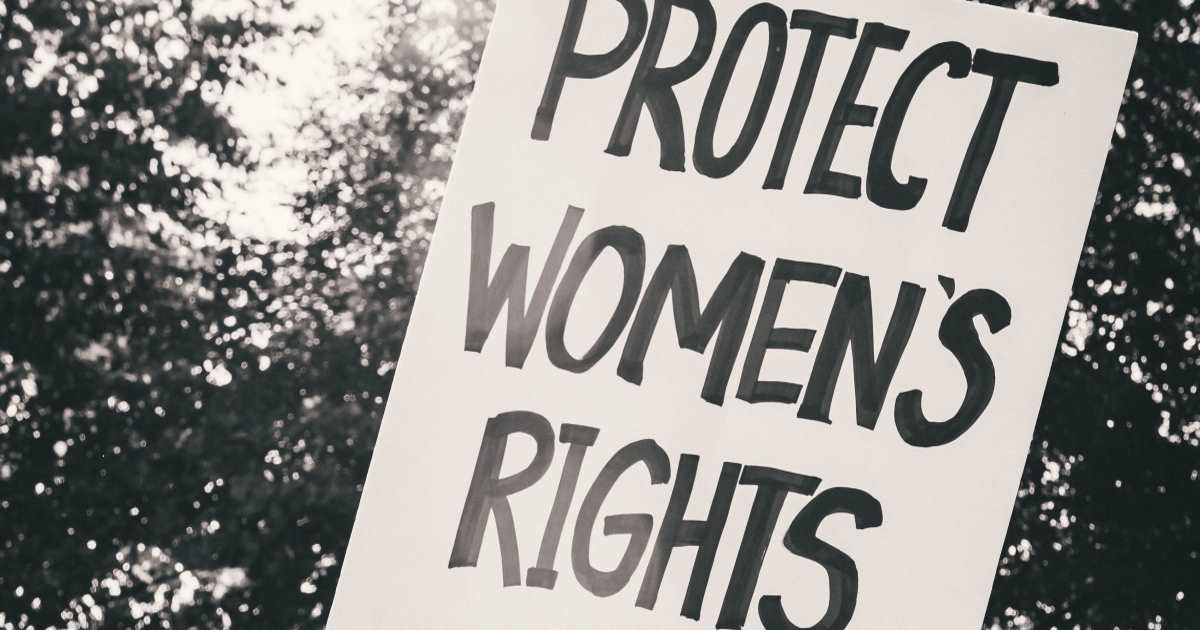Health Justice for Women
It comes as a surprise to many innocent folks to learn that a great injustice has been perpetuated toward women in regard to health care. How? Most of the scientific studies regarding health issues have been conducted on men. The scientific community has either not known or has not cared that women respond differently to many drugs and often require different solutions for their physical needs. Health insurance has always cost a great deal more for women and finally, special needs of women have been ignored. Women have been accustomed to inferior treatment and many assume that is the way it is supposed to be.
By the time the Affordable Care Act became law in 2010 that status was no longer acceptable. A growing number of aware women held leadership positions in the Congress among Democrats who wrote our health reform legislation. They built into the very structure of the law a carefully crafted design of equal treatment in health care services for women that is offered to men, with recognition that women have special needs as well.
Beginning on September 23, 2013, new health insurance policies require insurers to provide a list of preventive procedures that must be provided with no out-of-pocket cost to policyholders. Procedures that cover every adult include immunizations, cholesterol checks, colorectal cancer screen for people over 50, HIV screening for all adults in high-risk groups, depression screening for adults, obesity screening and counseling for adults, and tobacco screening for adults along with intervention counseling for tobacco users.
In addition, women will have screening for breast cancer and be given birth control services with no co-payment. It was left to Health and Human Services to determine what that included.
During the first week of August 2011 the Obama administration announced they would accept the HHS recommendation that all types of FDA-approved contraceptives be included and paid for by all health insurance plans. This announcement set off an angry cry from many Roman Catholic bishops who oppose contraceptive use. The President then intervened personally and ordered a policy in which religious organizations could opt out of paying for contraceptive services. He got an agreement for the insurance companies to cover that cost, as it is less expensive for them than to pay for the birth of babies. The issue then evolved to whether church operated organizations which serve the general public, including hospitals and universities, had the right to deny contraceptive services to women who are not Roman Catholic and desire them as part of their insurance coverage.
A solution was required which protected women’s ability to make their own choices regarding birth control and abortion while still respecting those who opposed. Women made their voices heard and demanded their rights. The final solution (to date) is to protect women’s need for birth control services through insurance and by making sure health clinics are available. In regard to abortion, the compromise law is clear—the government will not pay for any abortion service and it is not included in any health insurance policy as part of a required package of services. However, those who choose can take out a separate policy that covers abortion services.
Nearly half of all pregnancies are unplanned, according to the Guttmacher Institute, and about 40% of women who find themselves with an unwanted pregnancy opt for abortion. Encouraging and underwriting contraception use reduces the number of abortions. Nine out of ten employer-based insurance policies already include this provision and 28 states have laws requiring insurers that cover prescription drugs to cover contraceptives.
Providing contraceptive services to poor women is expected to improve the quality of life for them, with healthier children as an added bonus. The unintended pregnancy rate among poor women, ages 15 to 44, rose from 88 per 1,000 women in 1994 to 132 per 1,000 women in 2006, a 50% increase. The pregnancy rate among poor women is about five times higher than that of higher-income women. The nation has an impending health crisis along with a huge cost to care for poor mothers and children unless through the Affordable Care Act this trend can be reversed. Those who wrote the new law wanted poor women to have the same rights as their affluent neighbors.
The Guttmacher Institute also notes that unintended childbearing is often “associated with a number of adverse maternal behaviors and child health outcomes, including premature birth and lack of breast-feeding, as well as negative physical and mental health effects on children”
The Affordable Care Act declares that all women who are not financially or emotionally prepared for parenthood must have the same access to contraceptive services as the affluent now enjoy. These same women must be provided with privately funded abortion services through Planned Parenthood and other organizations.
The Commission also proposed breast pump rentals, and counseling services for domestic violence, where appropriate. Finally, employers will be required to provide time for mothers to breast-feed their babies for one year after birth. A room must be made available other than a bathroom. If there are fewer than 50 employees and the policy would impose “undue hardship” the requirement may be waived.
The first law passed by the Democratic Congress and signed by President Obama as a statement of the new President’s values was the Lilly Ledbetter Fair Pay Act. This law provides women with legal channels through which to pursue equal pay for equal work when it is denied. Almost all Republicans voted against the law.
Hundreds of Bills have been introduced in Republican-controlled state legislatures this year placing restrictions on women’s right to choose their own destiny and have access to basic health care. The Affordable Care Act runs precisely counter to that whole mind-set. There is a “war on women,” not just as a political campaign ploy. It is real and it exists in specific legislative proposals.
ACA is “on the books,” the law of the land. This part of the law was written by women and it consciously supports the needs of women. For their own health and emotional well-being women need to elect candidates for public office who stand with them. The gains of the last several decades are in danger of suddenly being lost while the new gains are also threatened.
Photo credit: WeNews





